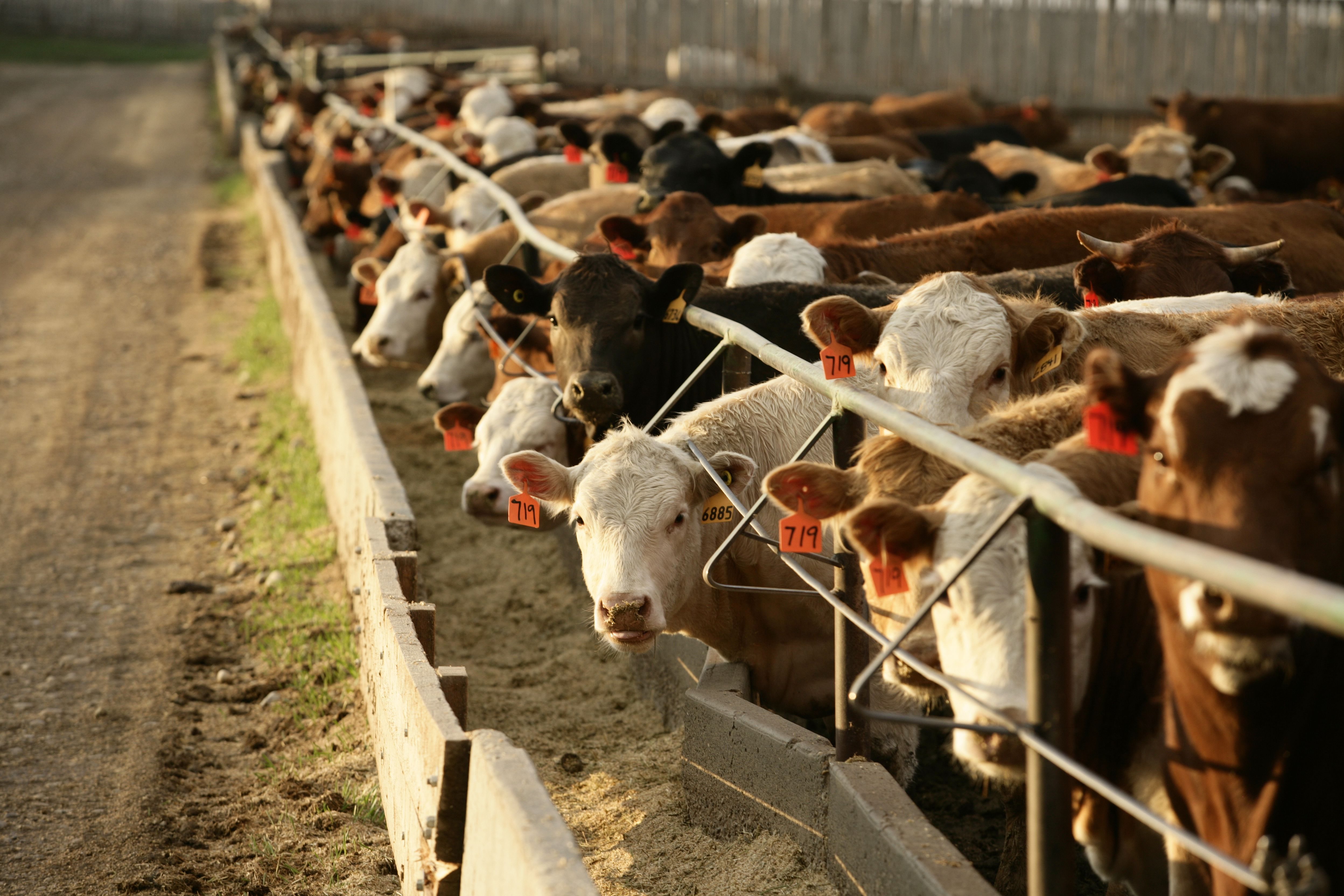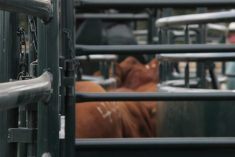The last week of 2011 was quiet with most auction barns closed for the holiday season. Feeding conditions remain favourable and margins look positive through January, which should provide a healthy environment moving forward.
The industry is expecting stronger feeder prices over the next month as fed cattle have a tendency to percolate higher through the winter period. The feedgrain price rally has stalled for the time being, with large volumes of milling-quality wheat moving into southern Alberta. U.S. DDGS are also starting to price into the rations in certain regions of Western Canada. Therefore, stronger fed cattle prices and lower costs per pound gains should cause feeder cattle prices to ratchet higher in the short term.
Read Also

U.S. grains: Soybeans hit six-week low as Brazilian harvest looms; corn, wheat sag
Chicago | Reuters – Chicago soybean futures fell to six-week lows on Friday as worries about slowing export demand for…
U.S. markets were also quiet as the southern Plains region was plagued with wet snow and adverse feeding conditions. The U.S. Department of Agriculture reported that a fancy load of 533-pound heifers sold for $190 per hundredweight at Valentine, Neb. just before Christmas.
The feeder market is experiencing abnormally strong demand as cattle producers in Texas and Kansas start to rebuild their herds. This is slowly translating into higher prices in Western Canada and there is potential for larger Manitoba feeder cattle exports to the U.S. in January.
Wholesale beef prices made new highs late in the year. Restaurant spending has a tendency to increase from January through March which coincides with the seasonal upward trend in the cattle complex. The North American economy has digested the European crisis and equity markets are poised to move higher in the first quarter of 2012. Improving consumer confidence, lower unemployment and stronger GDP numbers will bode well for beef demand.
— Jerry Klassen is a commodity market analyst in Winnipeg and maintains an interest in the family feedlot in southern Alberta. He writes an in-depth biweekly commentary, Canadian Feedlot and Cattle Market Analysis, for feedlot operators in Canada. He can be reached by email at [email protected] or at 204-287-8268 for questions or comments.
















